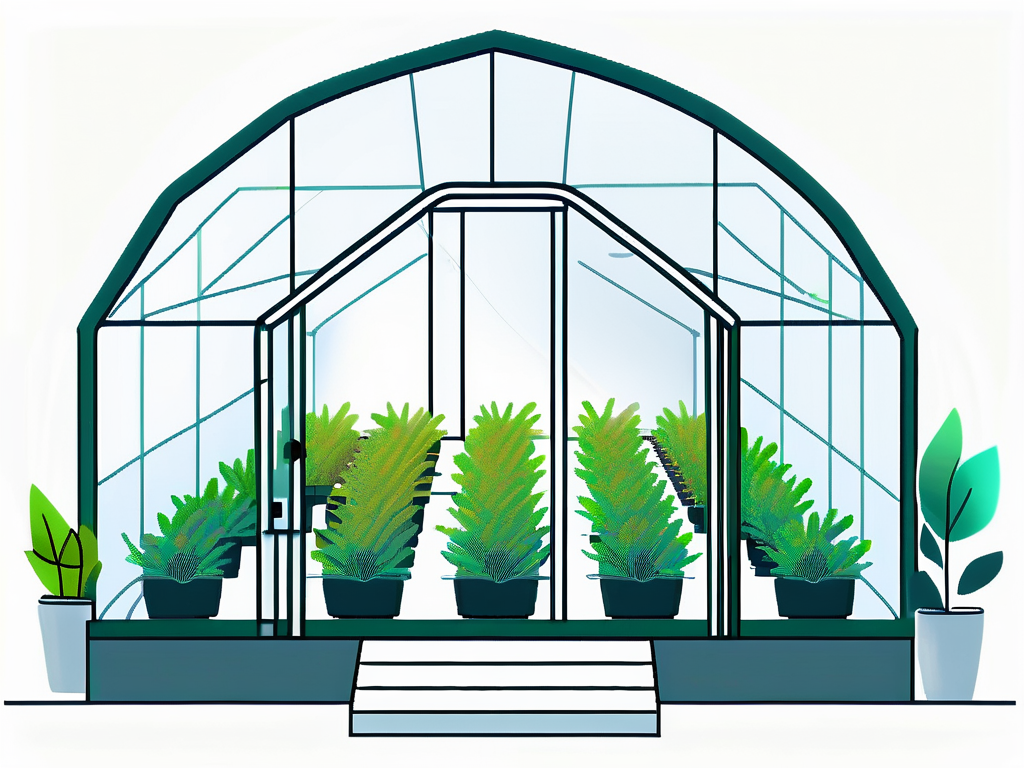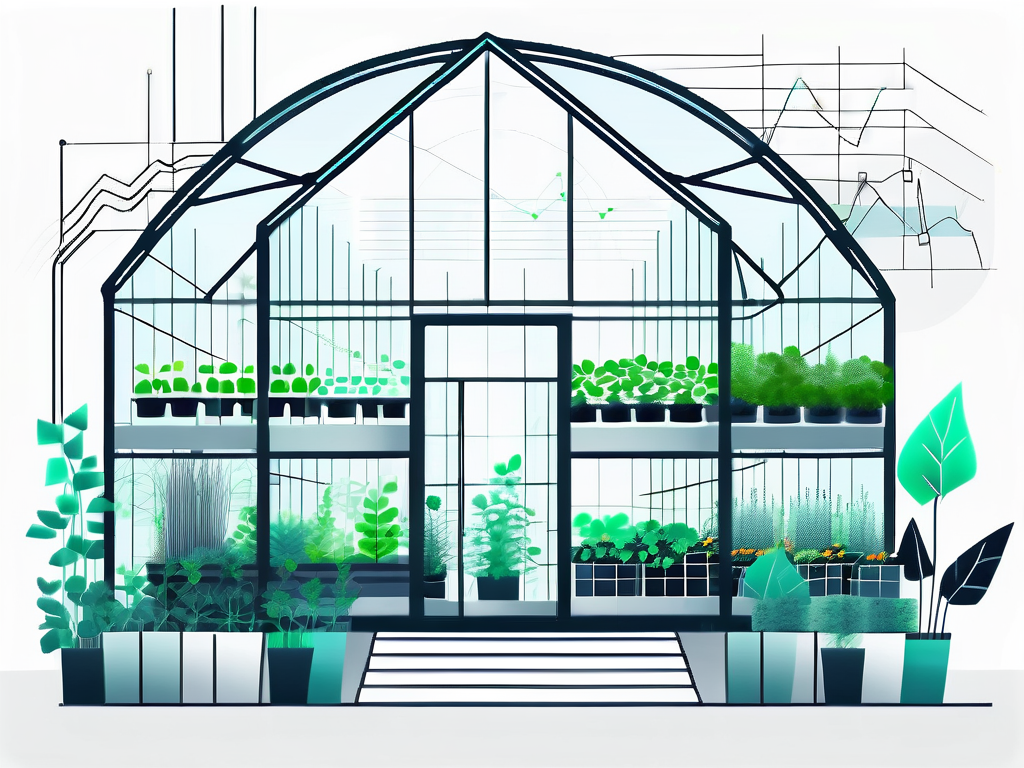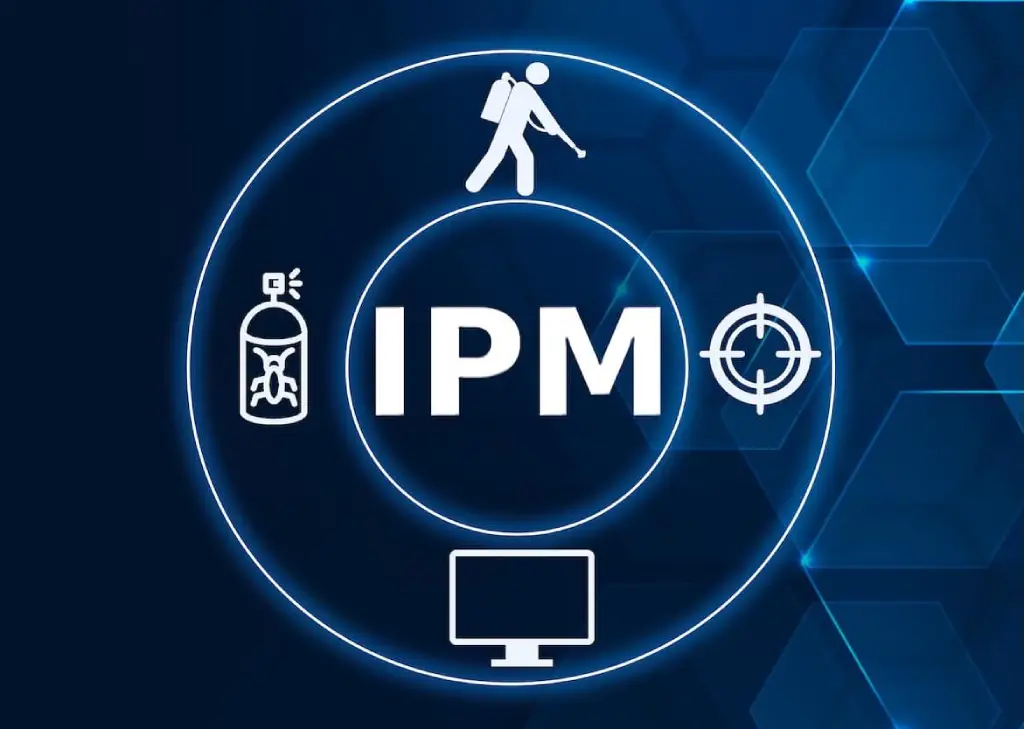
Greenhouse production management software is an essential tool for modern farmers and greenhouse operators. By providing a comprehensive set of features, this software streamlines operations and maximizes productivity. In this ultimate guide, we will explore the role and importance of management software in greenhouse production, discuss key features to look for when selecting a software, provide guidance on implementing the software successfully, share best practices for optimizing its use, and look into future trends in this rapidly evolving field.
Understanding Greenhouse Production Management Software
The Role and Importance of Management Software in Greenhouse Production
In today’s competitive agricultural industry, efficient management of greenhouse operations is crucial for success. Greenhouse production management software offers a centralized platform to monitor and control various aspects of cultivation, including crop planning, resource allocation, inventory management, and labor scheduling. By automating routine tasks and providing real-time insights, this software enables growers to make more informed decisions and optimize resource utilization.
Implementing greenhouse production management software not only streamlines daily operations but also enhances overall productivity. By integrating all facets of greenhouse management into a single system, growers can achieve greater efficiency and precision in their cultivation practices. This software acts as a digital assistant, guiding growers through each stage of the production process and alerting them to potential issues or opportunities for improvement.
Key Features of Greenhouse Production Management Software
When selecting software for greenhouse production management, it is essential to consider the key features it offers. Some crucial features to look for include:
- Crop planning and scheduling tools to optimize production cycles.
- Resource management capabilities, such as water, energy, and fertilizer tracking.
- Inventory management features to track seed, pesticide, and other supply levels.
- Labor management tools to schedule and track workforce activities.
- Data analytics and reporting functionalities for performance analysis and decision-making.
Furthermore, modern greenhouse production management software often incorporates advanced technologies such as Internet of Things (IoT) sensors and artificial intelligence. These technologies enable real-time monitoring of environmental conditions within the greenhouse, allowing growers to adjust settings for temperature, humidity, and lighting remotely. By harnessing the power of data analytics and machine learning, growers can predict optimal growing conditions and preemptively address potential issues before they impact crop health.
Selecting the Right Greenhouse Production Management Software
Factors to Consider When Choosing Management Software
Choosing the right greenhouse production management software requires careful consideration of various factors. Some key factors to keep in mind include:
- Scalability: Ensure that the software can accommodate your growing operation and future expansion plans.
- Integration: Check if the software can integrate smoothly with other tools, such as climate control systems or financial software.
- User-friendliness: Look for an intuitive interface to ensure ease of use and reduce training time.
- Customer support: Evaluate the level of customer support provided by the software provider.
- Cost: Consider the upfront and ongoing costs associated with the software.
Another crucial factor to consider when selecting greenhouse production management software is data security. Given that these software solutions handle sensitive information about your crops, inventory, and operations, it is essential to ensure that the software provider implements robust security measures to protect your data from unauthorized access or breaches. Look for software that offers encryption, regular data backups, and secure user authentication protocols to safeguard your valuable information.
Evaluating Software Providers
Before finalizing your decision, it is advisable to evaluate different software providers. Look for providers with a proven track record and positive customer reviews. Additionally, ask for demos and trial periods to assess the software’s suitability for your specific needs. Don’t hesitate to reach out to other greenhouse operators for recommendations and insights.
Furthermore, consider the software provider’s commitment to innovation and continuous improvement. Opt for a provider that regularly updates its software with new features and enhancements to ensure that your greenhouse operations remain efficient and up-to-date with the latest industry standards. A forward-thinking software provider can help you stay competitive in the ever-evolving greenhouse production landscape.
Implementing Greenhouse Production Management Software
Implementing greenhouse production management software is a crucial step towards optimizing your operations and increasing efficiency. By utilizing specialized software tailored to the unique needs of greenhouse production, you can streamline processes, improve data accuracy, and enhance decision-making capabilities. However, successful implementation requires thorough planning and strategic execution.
Steps for Successful Software Implementation
Implementing greenhouse production management software requires careful planning and execution. Follow these steps for a successful implementation:
- Define your goals and objectives for using the software.
- Prepare your data by ensuring its accuracy and completeness.
- Train your staff on how to use the software effectively.
- Gradually transition from existing systems to the new software.
- Regularly monitor and evaluate the software’s performance to identify areas for improvement.
Additionally, consider conducting a pilot test with a small team before full implementation to iron out any potential issues and gather feedback for further refinement.
Overcoming Implementation Challenges
Despite careful planning, challenges may arise during software implementation. Some common challenges include resistance to change from staff, data migration issues, and technical glitches. To overcome these challenges, it is vital to involve your team in the implementation process, provide adequate training and support, and maintain open lines of communication with the software provider.
Furthermore, establishing a dedicated support system within your organization to address any issues or concerns that may arise post-implementation can help ensure a smooth transition and maximize the benefits of the software.
Optimizing the Use of Greenhouse Production Management Software
Best Practices for Using Management Software
To get the most out of greenhouse production management software, consider implementing the following best practices:
- Regularly update and maintain your software to access the latest features and improvements.
- Conduct data analysis to identify trends and areas for optimization.
- Encourage collaboration among your team members to maximize efficiency.
- Leverage the software’s reporting capabilities to make data-driven decisions.
Implementing these best practices will not only streamline your greenhouse operations but also enhance overall productivity and profitability. By staying up-to-date with software updates, you ensure that your system is equipped with the latest tools to meet your evolving needs. Data analysis is crucial in understanding your greenhouse’s performance, allowing you to make informed decisions for improved efficiency and resource allocation.
Troubleshooting Common Software Issues
Despite their robustness, software issues may occasionally occur. Some common issues include system crashes, slow performance, or compatibility problems. To troubleshoot these issues, ensure that you have the latest software updates installed, verify system requirements, and contact customer support for prompt assistance.
Additionally, conducting regular system maintenance, such as clearing cache and optimizing settings, can help prevent performance issues. Collaborating with your IT team to conduct routine checks and monitoring can proactively address any potential software glitches before they impact your greenhouse operations. Remember, proactive maintenance is key to ensuring seamless software performance and uninterrupted productivity.
Future Trends in Greenhouse Production Management Software
Emerging Technologies and Their Impact on Management Software
The field of greenhouse production management software is continuously evolving. As technology advances, emerging trends are poised to shape the future of this software. Some key trends include the integration of Internet of Things (IoT) devices for real-time monitoring, the use of artificial intelligence (AI) for predictive analytics, and the adoption of cloud-based solutions for enhanced accessibility and scalability.
One exciting trend on the horizon is the development of virtual reality (VR) and augmented reality (AR) applications within greenhouse production management software. Imagine being able to virtually walk through your greenhouse, identifying plant health issues or monitoring growth progress from anywhere in the world. These immersive technologies have the potential to revolutionize how greenhouse operators interact with their crops and make data-driven decisions.
Preparing for Future Software Developments
To stay ahead of the curve, it is crucial to keep an eye on future software developments. Stay engaged with industry events and discussions, and regularly evaluate your software’s suitability for your evolving needs. Consider collaborating with software providers, attending webinars, and participating in user forums to remain informed about the latest advancements and opportunities.
Furthermore, the future of greenhouse production management software may also see the integration of blockchain technology for enhanced traceability and transparency in supply chains. By leveraging blockchain, greenhouse operators can securely track the entire lifecycle of their products, from seed to sale, ensuring quality control and building consumer trust.
By investing in greenhouse production management software and understanding its various aspects, greenhouse operators can significantly enhance their productivity, reduce costs, and make informed decisions. With the right software and effective implementation strategies, the future of greenhouse production looks promising. Embrace the power of technology to unlock your greenhouse’s full potential!







